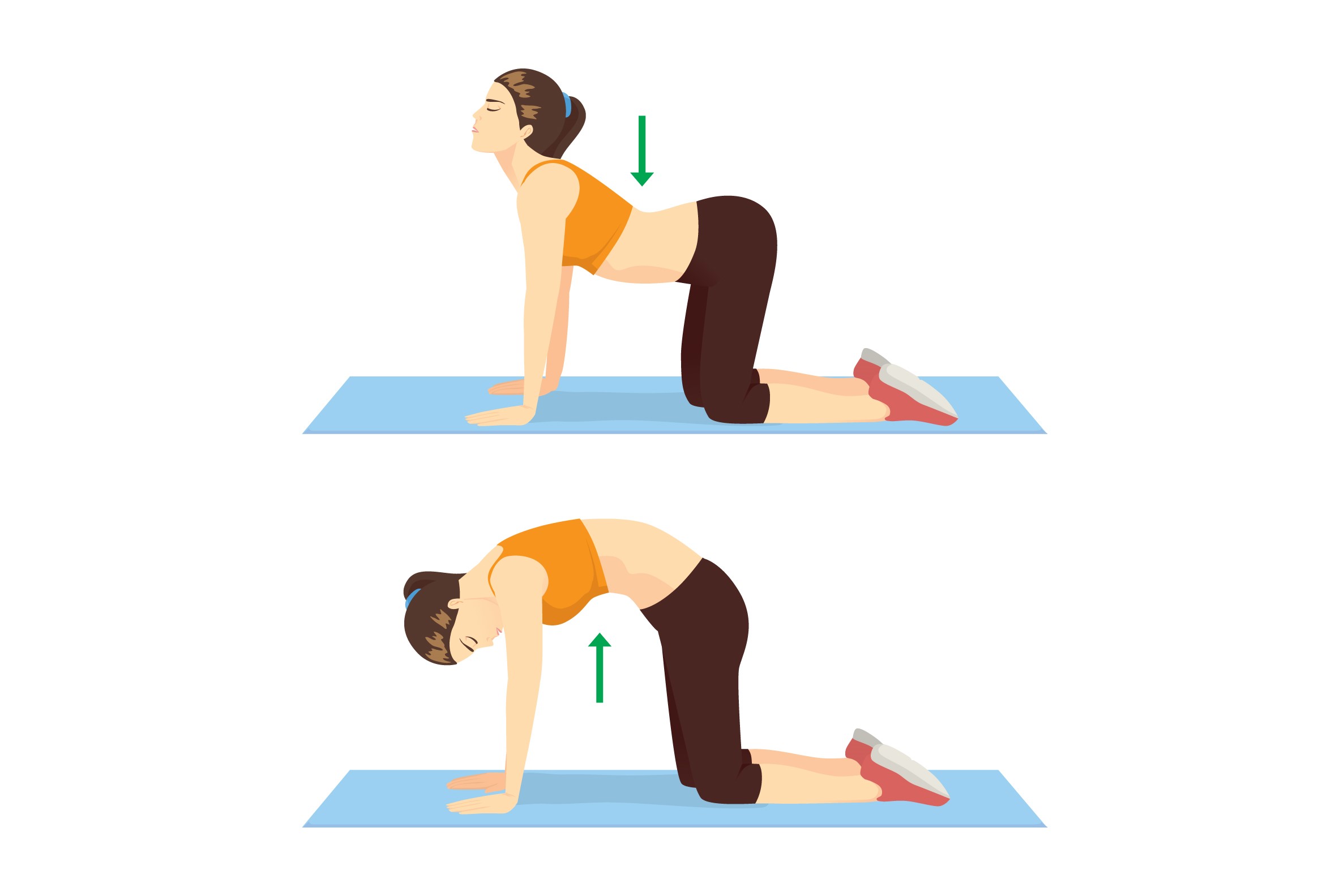Yoga for Hormonal Balance: Deep Dive into Restoring Endocrine Harmony
Hormonal imbalances can impact energy levels, mood, metabolism, reproductive health, and overall well-being. Incorporating yoga into your daily routine can naturally restore hormonal harmony by stimulating endocrine glands, reducing stress, and improving circulation. This deep guide explores yoga practices, poses, lifestyle tips, and FAQ for comprehensive hormonal health.
Understanding the Endocrine System
The endocrine system consists of glands that produce hormones responsible for regulating metabolism, growth, reproduction, and stress response. Major glands include:
- Hypothalamus & Pituitary: Master control of other glands.
- Thyroid & Parathyroid: Metabolism, energy, calcium balance.
- Adrenals: Stress response and energy regulation.
- Pancreas: Blood sugar regulation via insulin.
- Ovaries/Testes: Reproductive hormones.
How Yoga Supports Hormonal Balance
Yoga promotes relaxation, reduces cortisol levels, enhances blood flow to glands, improves nervous system balance, and supports detoxification. Specific poses target endocrine glands, enhancing hormone production and regulation.
Top Yoga Poses for Hormonal Balance
Cobra Pose (Bhujangasana)

Stimulates thyroid and adrenal glands, reduces stress, and improves spinal flexibility. Lie on your stomach, hands under shoulders, lift chest gently.
Camel Pose (Ustrasana)

Opens chest, stimulates thyroid, improves emotional balance. Kneel, arch back, reach hands to heels.
Shoulder Stand (Sarvangasana)

Enhances circulation to thyroid and parathyroid, regulates metabolism, calms nervous system. Lie on back, lift legs overhead, support lower back.
Bridge Pose (Setu Bandhasana)

Stimulates thyroid, improves circulation, reduces anxiety. Lie on back, bend knees, lift hips, press feet firmly.
Child’s Pose (Balasana)
Calms mind, reduces cortisol, promotes relaxation. Kneel, sit back on heels, extend arms forward, rest forehead.
Fish Pose (Matsyasana)

Opens throat, stimulates thyroid, improves posture. Lie on back, lift chest, crown of head gently touches floor.
Plow Pose (Halasana)

Supports digestion, metabolism, and thyroid. Lie on back, lift legs overhead, reach toes to floor behind head.
Bow Pose (Dhanurasana)

Stimulates adrenal and reproductive glands. Lie on stomach, lift chest and legs, hold ankles.
Cat-Cow Pose (Marjaryasana-Bitilasana)

Supports nervous system, stimulates adrenal glands. Alternate arching and rounding spine while breathing.
Frequently Asked Questions
1. Can yoga alone fix hormonal imbalance?
Yoga supports gland function and reduces stress but should complement medical treatment for conditions like PCOS, thyroid, or menopause.
2. How often should I practice yoga for hormonal balance?
Daily practice of 30–45 minutes is recommended for optimal results. Consistency is more important than intensity.
3. Are these yoga poses suitable for beginners?
Yes. Beginners should use props like blankets or blocks and gradually increase flexibility and strength.
Conclusion
Yoga is a holistic, natural approach to restore hormonal balance. Combining regular practice with mindful breathing, proper nutrition, and adequate sleep can support endocrine health, improve mood, and enhance overall well-being. Begin with gentle poses, progress gradually, and enjoy the transformative benefits of yoga for hormonal harmony.
For guided practice, watch this detailed YouTube video: Yoga for Hormonal Imbalances & Reproductive Health
